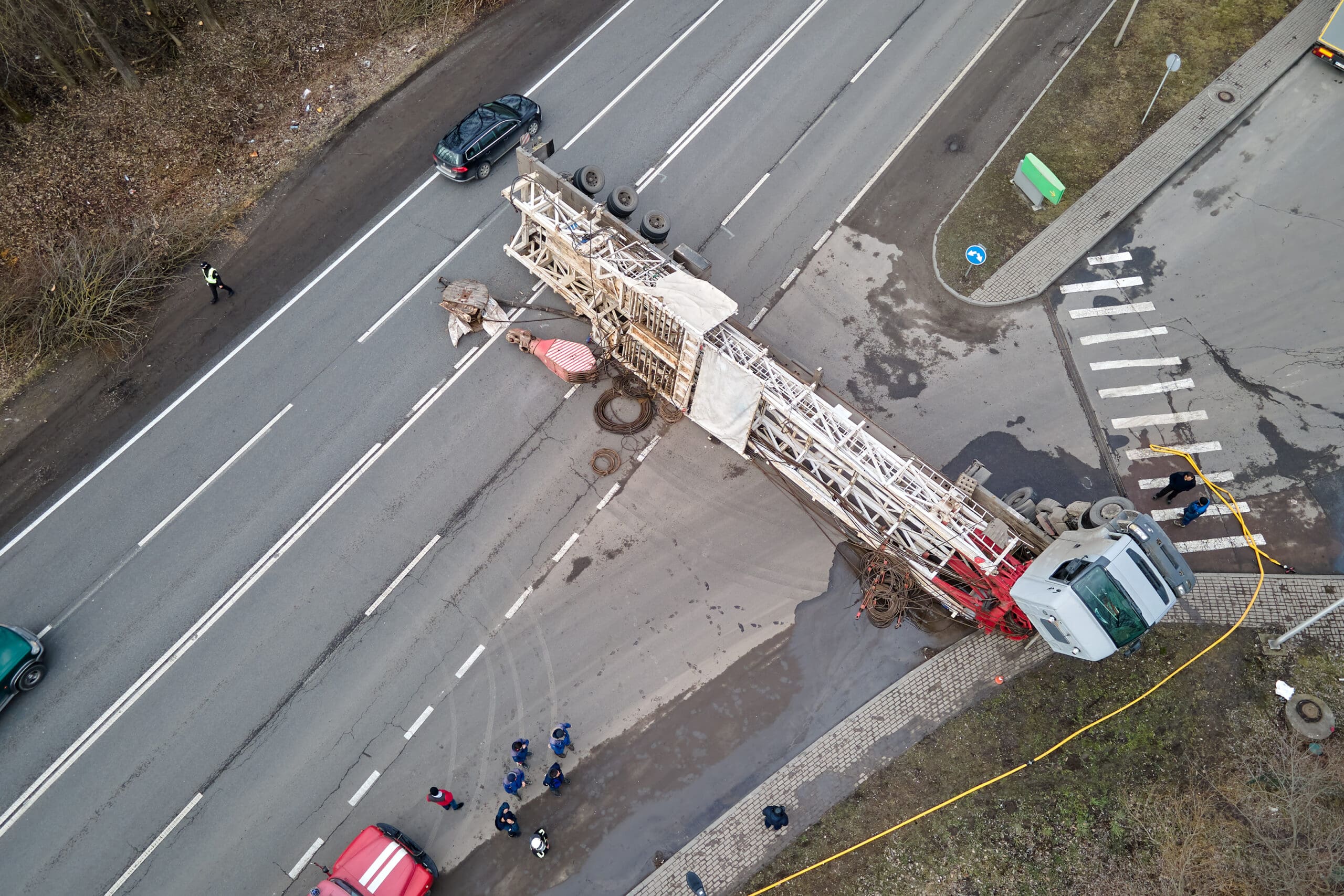It's The Ugly The Truth About Injury Litigation

Injury Litigation
Injuries litigation is the legal procedure that allows you to recover compensation for your injuries and losses. The lawyer representing you will utilize strong evidence to support your case, such as eyewitness testimony, medical records as well as the statements of the defendant and expert witness opinions.
Your lawyer will start the lawsuit. After the defendant has responded to the lawsuit, the case will move into a stage of fact-finding called discovery.
The Complaint
Before a lawsuit can be filed, the injured party (plaintiff) must conduct pre-lawsuit discovery. This involves reviewing police accident reports as well as conducting informal discovery and identifying any potentially liable parties and causes of action that can be asserted against them.
Once the plaintiff has done this, they can submit a summons and a complaint. The complaint describes the harm caused by the defendant's actions or his inaction. The typical complaint will include a demand to seek damages to compensate the victim for their injuries, including medical bills and lost wages or income, as well as pain and other damages.
The defendant will then have 30 days to file a reply, known as an answer, in which they admit or deny the allegations contained in the complaint. They may also add a third party defendant or file an appeal.
During the discovery phase the parties will exchange relevant information regarding their positions and the evidence. This process includes depositions (also called interrogatories), written questions (also called interrogatories) and requests for documents. This typically comprises the majority of the timeframe for a lawsuit. If there are any settlement opportunities they will be discussed. In the event that there is no settlement the case will proceed to trial. During this period your lawyer will present your story to a jury or judge and the defendant will defend themselves.
The Discovery Phase
The discovery phase is a formal process that permits your legal team and the party at fault to exchange information and gather evidence. This could include witness statements, details regarding your medical treatment, and evidence of the losses you've incurred. Your attorney may use a variety tools to help you during discovery, including interrogatories and requests for documents. Requests for documents are requests to provide all relevant evidence that is within the respective parties' control. injury lawsuit folsom require written responses. Requests for admissions ask the other party to accept certain facts. This can reduce time and cost since attorneys do not need to prove these facts at trial. Depositions are live discussions with witnesses, where your attorney can ask them questions about the incident under an oath. Their responses will be recorded and then transcribed.
Although discovery can appear to be an lengthy, intrusive and uncomfortable process but it's a crucial step to gather the evidence needed to win your injury claim. Your attorney will be in a position to discuss the details of the discovery process in your free consultation. If you try to hide an injury that has already been aggravated due to a preexisting medical condition The information could be found out during discovery and your case could be dismissed.

The Negotiation Phase
The majority of injury cases seek to settle a case through negotiation. This process usually involves a back and to and back-and-forth between your lawyer as well as the responsible party's insurer. This may include informal conversations/correspondence (by phone, in meetings, by email) where the parties trade offers and counter-offers. Your lawyer can assist you determine the best number to demand your settlement and then assist in negotiations.
One of the difficulties of settlement of an injury claim is that the amount of your damages including medical expenses loss of income, future losses - is a constantly changing aspect. Your injuries could get worse over time. This could result in a rise in future losses or diminish the value of current losses. Your attorney will work to ensure that your damages are dependent on the current condition of your injuries, and provide a complete outlook for future recovery.
Insurance companies often try to limit their payout by arguing against certain aspects of your claim. This could lead to a delay in settlement negotiations. However, your lawyer has strategies to assist you in overcoming these hurdles and obtain the best outcome for your case. In some instances, the process of negotiating an agreement could take months or even years. Negotiations can last for months or even a whole year based on many factors.
The Trial Phase
While the majority of injuries cases are resolved through settlement talks outside of court, your lawyer may decide to bring your case to trial if an acceptable solution is not reached. This is a costly and time-consuming process that can be stressful. The jury must also decide if you should be compensated for your injuries and If so, what amount. Your lawyer must thoroughly research your case to understand the circumstances surrounding your injuries, the severity of injuries, damages, and costs.
At this stage, your attorney will summon witnesses and experts to testify. They will also present physical evidence such as documents, photos, and medical reports. This is known as the case-in-chief phase. The defense attorney will call witnesses to testify on behalf of a counter argument, and argue that the plaintiff should not be entitled to damages. The jury or judge will then take into consideration the evidence and arguments presented by both sides.
The judge will explain to the jury the legal requirements that must be met in order to decide whether to go in favor of plaintiffs or against defendants. This is known as jury instruction. Each side then makes its closing arguments. If the jury cannot agree on a final verdict, the judge will declare that the trial is a mistrial. If you are not happy with the outcome of your trial, there might be an appeal available.
